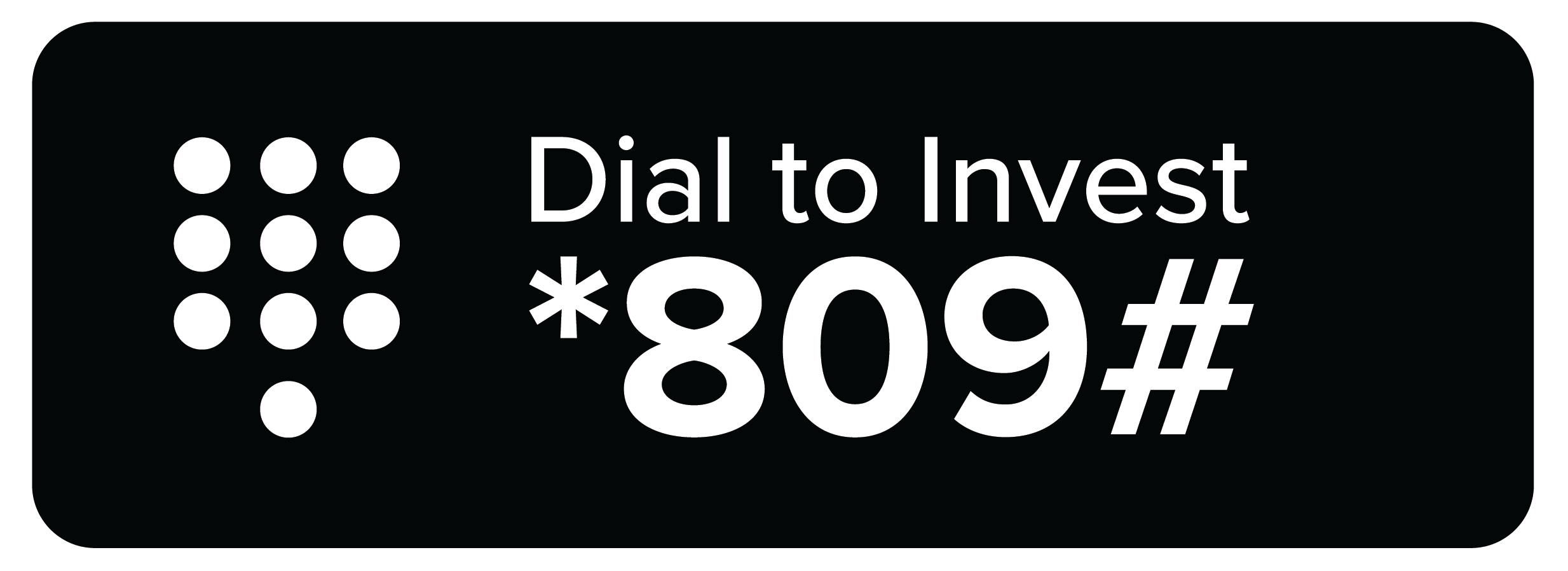In our Cytonn Report this week, we analysed the performance of Kenya’s Equities, Fixed Income and the
Real Estate markets for the week ended, with a special focus on Kenya’s Real Estate Investment Trusts
(REITs) performance in FY’2024. Below are the highlights;
a) Fixed Income:
During the week, T-bills were oversubscribed for the first time in one week, with the overall
subscription rate coming in at 219.5%, higher than the subscription rate of 76.6% recorded the
previous week. Investors’ preference for the shorter 91-day paper persisted, with the paper receiving
bids worth Kshs 10.3 bn against the offered Kshs 4.0 bn, translating to an oversubscription rate of
258.4%, significantly higher than the undersubscription rate of 54.6% recorded the previous week.
The subscription rates for the 182-day and 364-day papers increased to 208.3% and 215.0%
respectively from the 149.1% and 12.8% respectively recorded the previous week. The government
accepted a total of Kshs 50.7 bn worth of bids out of Kshs 52.7 bn bids received, translating to an
acceptance rate of 96.3%. The yields on the government papers recorded a mixed performance with
the yields on the 91-day paper decreasing the most by 2.4 bps to 8.38% from the 8.41% recorded the
previous week while the yields on the 182-day paper decreased by 1.8 bps to 8.60% from the 8.62%
recorded the previous week. The yields on the 364-day paper increased by 0.4 bps to remain
unchanged from the 10.0% recorded the previous week;
During the week the Central Bank of Kenya released the auction results for the re-opened treasury
bond FXD1/2012/020 with a tenor to maturity of 7.6 years and a fixed coupon rate of 12.0%. The
bond was oversubscribed, with the overall subscription rate coming in at 181.3%, receiving bids
worth Kshs 54.4 bn against the offered Kshs 30.0 bn. The government accepted bids worth Kshs 43.5
bn, translating to an acceptance rate of 80.0%. The weighted average yield for the accepted bids for
the FXD1/2012/020 came in at 13.6% higher than the 12.6% recorded the last time it was reopened
in February 2021. With the Inflation rate at 4.1% as of April 2025, the real returns of the
FXD1/2012/020 is 9.5%. Given the 10.0% withholding tax on the bonds, the tax effected yield is
15.2%.
During the week, Stanbic Bank released its monthly Purchasing Manager's Index (PMI) highlighting
that the index for the month of April 2025 increased slightly, coming in at 52.0, up from 51.7 in
March 2025, signaling another improvement in business conditions. This marked the seventh
consecutive month that index fell above the 50.0 neutral mark. Increased output, new orders and
increased sales supported the improvement;
During the week the Kenya National Bureau of Statistics (KNBS) released the 2025 Economic Survey
Report, highlighting that the Kenyan economy recorded a 4.7% growth in FY’2024, slower than the
5.7% growth recorded in FY’2023. The main contributor to Kenyan GDP remains to be the
Agriculture, fishing and forestry sector which grew by 4.6% in FY’2024, lower than the 6.6%
expansion recorded in FY’2023. All sectors in FY’2024, except Mining and Quarrying and Construction
recorded positive growths, with varying magnitudes across activities. Most sectors recorded declining
growth rates compared to FY’2023 with Accommodation and Food Services, Construction and
Information and Communication recording the highest declines of 7.9%, 3.7% and 3.3% points,
respectively. Other sectors that recorded a contraction in growth rate, from what was recorded in
FY’2023 were Professional administration, Mining and Quarrying and Financial and Insurance services
of 3.3%, 2.7% and 2.5% points respectively
During the week, the Kenya National Bureau of Statistics released the FY’2024 Economic Survey
noting that, Kenya’s balance of payments position improved significantly by 231.0% in FY’2024, with
a surplus of Kshs 176.7 bn, from a deficit of Kshs 134.8 bn in FY’2023.
b) Equities:
During the week, the equities market was on an upward trajectory, with NASI gaining the most by 1.0%
while NSE 10, NSE 25 and NSE 20 gained by 0.9%, 0.5% and 0.1% respectively, taking the YTD
performance to gains of 2.5% and 1.2% for NSE 20 and NASI, and losses of 3.2% and 1.8% for NSE 10 and
NSE 25 respectively. The equities market performance was driven by gains recorded by large-cap stocks
such as Equity, Safaricom and EABL 2.9%, 2.8%, and 1.5%, respectively. The performance was however
weighed down by losses recorded by large cap stocks such as Absa Bank Kenya, Standard Chartered Bank
Kenya and Diamond Trust Bank Kenya of 3.2%, 2.9% and 2.4% respectively;
Additionally, in the regional equities market, the East African Exchanges 20 (EAE 20) share index
remained relatively unchanged during the week, attributable to losses recorded by large cap stocks such
Airtel Uganda, Absa Bank Kenya and CRDB Bank of 5.7%, 3.1% and 3.0% respectively, that were matched
by the gains recorded by large cap stocks such as Equity Group, Safaricom and Stanbic Uganda of 3.1%,
2.9% and 2.3% respectively;
During the week Stanbic Bank Kenya released Q1’2025 financial results, Stanbic Holding’s Profit After
Tax (PAT) decreased by 16.6% to Kshs 3.3 bn, from Kshs 4.0 bn in Q1’2023. The performance was
mainly driven by a 13.6% increase in Total Operating Expense to Kshs 5.5 bn, from Kshs 4.8 bn in
Q1’2024, coupled with the decrease in Total Operating Income by 7.1% to Kshs 9.5 bn in Q1’2024,
from Kshs 10.3 bn in Q1’2024.The increase in Operating Expense was largely driven by the 9.1%
increase in Staff Cost to Kshs 2.1 bn from Kshs 1.9 bn in Q1’2024.
During the week, Safaricom Plc released its FY’2025 financial results for the period ending 31 st March
2025, highlighting that the profit after tax (PAT) for the Group increased by 7.3% to Kshs 45.8 bn, from
42.7 bn recorded in FFY’2024, largely attributable to a 11.2% increase in Total Revenue to Kshs 388.7 bn
from Kshs 349.4 bn recorded in FY’2024, The performance was however weighed down by aa 16.3%
increase in Operating cost to Kshs 216.5 bn from 186.2 bn recorded in FY’2024;
c) Real Estate:
During the week, The Kenya National Bureau of Statistics (KNBS) 2025 Economic Survey provides
insights into the performance of various economic sectors in Kenya for 2024 and the performance of
various sectors to the GDP
During the week, the National Treasury projected a collection of Kshs 95.8 bn from the housing
development levy in financial year starting July, signalling a boost to President’s plan to put up 200,000
subsidised houses annually for middle- and lower-income households.
Additionally, during the week, the government tabled a Kshs 119.6 bn budget for the State Department
for Housing and Urban Development for the 2025/26 financial year, including Kshs2.8 bn for research and
feasibility studies to support the Affordable Housing Programme.
Also, during the week, the National Treasury proposed an allocation of Kshs 16.5 bn to fund the
extension of the Standard Gauge Railway (SGR) from Naivasha to Kisumu and Malaba, bringing closer to
fruition the dream of having a smooth rail transport from the Mombasa port to Malaba.
On the Unquoted Securities Platform, Acorn D-REIT and I-REIT traded at Kshs 26.7 and Kshs 22.9 per
unit, respectively, as per the last updated data on 2 nd May 2025. The performance represented a 33.5%
and 14.5% gain for the D-REIT and I-REIT, respectively, from the Kshs 20.0 inception price. Additionally,
ILAM Fahari I-REIT traded at Kshs 11.0 per share as of 2 nd May 2025, representing a 45.0% loss from the
Kshs 20.0 inception price. The volume traded to date came in at 138,600 shares for the I-REIT, with a
turnover of Kshs 1.5 mn since inception in November 2015;
d) Focus of the Week:
Private placements or non-public offerings are a method of raising capital by selling securities directly to
a chosen or pre-determined number of investors rather than through a public offering. Private
placements have emerged as a vital component of capital raising in Kenya’s financial markets, especially
in an environment where traditional public offerings face stringent regulatory requirements, prolonged
approval timelines, and market volatility. We chose to cover this topic to demystify a financial
mechanism that remains under-discussed yet widely used by both private and public sector players, to
equip investors, issuers, and other stakeholders with the knowledge required to assess the suitability of
private placements as a financing tool, particularly given the Government of Kenya’s USD 500.0 mn
amortizing note issued via private placement in April 2025. With the Kenyan economy in a state of
recovery and transition, businesses and the government need flexible, accessible, and efficient ways of
raising capital;
Click the link below to read the Cytonn Weekly report: Private Placements in Kenya: https://cytonnreport.com/research/private-placements-in




